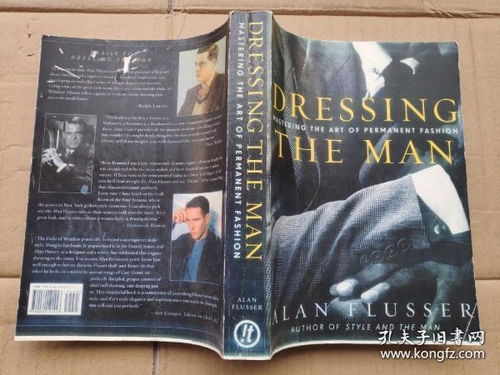Introduction:
Fishing with a bamboo pole, an ancient and traditional method, offers a serene and rewarding experience. Among the diverse fish species that can be targeted, the common carp (Cyprinus carpio) is a popular catch. Known for its resilience and fighting spirit, catching a鲤鱼 (Carp) with a bamboo pole requires patience, skill, and a few well-kept secrets. In this article, we delve into the art of bamboo pole fishing for carp, providing you with essential techniques and tips to increase your chances of success.
Understanding Bamboo Pole Fishing:
Bamboo pole fishing, also known as "stick fishing," is a method that has stood the test of time. It involves using a long bamboo pole with a line tied to the end, which is then baited with food. The angler waits for the fish to take the bait, and once a bite is detected, the pole is pulled to the shore, where the fish is then landed.

Choosing the Right Equipment:
Bamboo Pole: Select a bamboo pole that is long enough to reach into the desired fishing spot. A pole of around 7 to 10 feet is ideal for most situations.
Line: Use a strong, monofilament line that can withstand the pressure of a fighting carp. A line thickness of 4 to 6 pounds is generally sufficient.
Hook: A good quality, strong hook is essential. A size 6 or 8 hook is usually appropriate for carp.
Leader: Attach a leader of about 12 to 18 inches to the main line. This leader should be slightly thinner than the main line to reduce the likelihood of detection by the fish.
Bait: Choose a bait that carp naturally feed on, such as corn, bread, or earthworms.
Essential Techniques:
Choosing the Right Spot: Carp are bottom feeders and prefer still or slow-moving water. Look for areas with a mix of shallow and deep water, as well as areas with abundant vegetation or structure, such as fallen trees or logs.
Setting Up the Bait: Attach your bait to the hook securely, ensuring it is visible to the fish but not too heavy or large to sink too quickly.
Baiting Techniques: There are two primary baiting techniques for carp: static and dynamic. In static baiting, the bait is left on the hook without moving. Dynamic baiting involves moving the bait around to mimic the natural movement of prey. Experiment with both methods to see which works best in your fishing spot.
Patience: Carp are known for their patience. Wait for the fish to take the bait, and avoid jerking the pole too quickly when you feel a bite. This can spook the fish.
Reeling In: Once you have a bite, reel in the line slowly and steadily. Avoid making sudden movements or jerking the pole too hard, as this can cause the fish to escape.
Advanced Tips:
Use of a Bobber: Some anglers prefer to use a bobber to detect bites. A bobber helps to indicate when a fish is taking the bait, especially in clear water.
Reading the Water: Pay attention to the water's movement and the behavior of other fish. This can give you clues about the location of carp.
Weather Considerations: Fish are more active during cooler temperatures, so plan your fishing trips accordingly. Early morning or late evening are often the best times to fish for carp.
Seasonal Patterns: Carp tend to be more active during certain times of the year. Early spring and late autumn are generally the best seasons for catching carp.
Conclusion:
Bamboo pole fishing for carp is a challenging yet deeply satisfying pursuit. By understanding the basics of bamboo pole fishing, choosing the right equipment, and mastering the essential techniques, you'll be well on your way to landing a magnificent鲤鱼. Remember to be patient, observe the water, and adapt your techniques as needed. With practice and persistence, you'll soon become a master of this traditional art form. Happy fishing!












